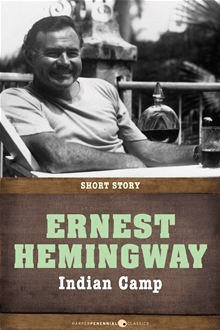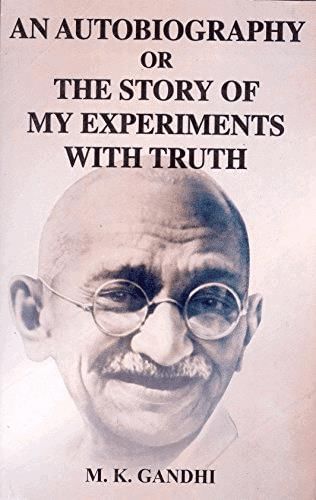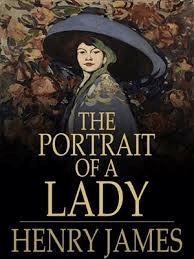Nick Adams - Characters, Indian Camp | Indian Camp - Summary, Themes & Characters - Novels PDF Download
You know, considering how Nick is our eyes and ears for this story (see our "Narrator Point of View" section for more on what we mean), we really don't get to know much about him. In fact, his resume is pretty darn sparse:
- He's young, male, and white (his race is implied from the way his father and Uncle George interact with the Indians)
- His father is a doctor
Not a whole lot to go off of, right? But for a story like this, you really don't need to know every aspect of a character's life to get a sense of that character. In fact, the above list is all we really need to know about our main character in order to feel the pathos of the story.
For instance, we know Nick is a young boy, and that this is the first time that he is actually seeing something as graphic as childbirth and surgery. And we learn that Nick is pretty reluctant to look these things head on:
Nick did not watch. His curiosity had been gone for a long time. (32)
From this little observation, we might come to the conclusion that Nick is not a morbid person, that he is sensitive, and that his father might be trying to push this experience on him a little too soon. This certainly turns out to be the case: not only is Nick still too young to really process the idea of mortality, but Nick's father ends up having to explain to his son a whole lot more than he bargained for.
Be a Man
Let's go back to the very short list of things we know about Nick. You might be thinking that lots of main characters are young, male, and white (this is a totally legit observation… consider Huck Finn, Peter Pan, Pip…) but that doesn't tell you much about what kind of person they are. In the case of "Indian Camp," though, this knowledge takes on a new meaning when we think about how it relates to the theme of masculinity.
Nick's father and Uncle George clearly see themselves as from a different and separate world from the Indians. Nick's dad is called in almost as a representative of Western medicine (see our "Symbols, Imagery, Allegory"section for more on this idea), and after the operation he cares more about being recognized in medical journals for performing surgery under spartan conditions than he does for his near-dead patient. Uncle George also shows his true colors, if you will, when he exclaims "Damn squaw bitch!" (25).
But wait, you thought we were talking about masculinity. Well, we're actually talking about white masculinity. We're talking about hegemony, which is a fancy way of saying the people in control. As white men, Nick's father and Uncle George are in a privileged position. This position brings with it certain expectations for behavior. Nick, though he's still a kid, is in line to inherit their privilege, which means that he is expected to be über-manly when it comes to facing things like blood and gore and pain.
But Nick isn't like that. Maybe it's because he's still too young, but by the end of the story the notion of death is still a really remote thing for Nick. In addition, the entire masculine world that Nick is growing up into has been challenged by the realization that some men choose to kill themselves. So the world ends up being a lot more complicated than Dr. Adams wanted to portray it. It's as though Hemingway is making a statement about the human reluctance to address—or accept—death, even as we address everything else.
How Many Nicks Does it Take to Make a Nick Adams Story?
Nick's character is a little unique in that he appears in other Hemingway works over the course of his career, and so his character actually becomes more fully fleshed out if you take him as not just the protagonist of "Indian Camp," but of the entire Nick Adams saga. For example, in "Big Two-Hearted River" we see Nick as a young man coming home from traumatic experiences in World War I. If you've read these stories before, your reading of "Indian Camp" will probably be a little different from someone's who is meeting Nick for the first time.
But does this mean that in order to understand "Indian Camp," you need to track down everything in which Nick Adams appears? Heck no. "Indian Camp" is a story that can be taken on its own, or it can be read as part of a collection. After all, it's not as though Hemingway wrote "Indian Camp" with every other Nick Adams story in mind. It just means that there's more Nick where that came from.
Nick Adams's Timeline
- Nick's dad takes him along to an Indian camp to play intern to a particularly difficult childbirth.
- Nick's father explains the mechanics of childbirth to him in a very stern fatherly way. But Nick is more concerned with the woman's screams of pain.
- Nick looks away while his father does stomach-turning things like operating on the woman and then stitching her up. Remember: no anesthesia. Yikes.
- When the husband's suicide is discovered, Nick sees every gory bit of it before his father can hide it from him.
- On the boat ride back, Nick's father apologizes to Nick for bringing him along, and Nick (who is now understandably worried about what he just saw) asks questions about suicide and dying.
- At the end of the story Nick feels certain that he will never die.
FAQs on Nick Adams - Characters, Indian Camp - Indian Camp - Summary, Themes & Characters - Novels
| 1. Who are the main characters in the story "Indian Camp"? |  |
| 2. What is the significance of the Indian camp in the story? |  |
| 3. How does the character of Nick Adams evolve throughout the story? |  |
| 4. What is the theme of the story "Indian Camp"? |  |
| 5. How does the story "Indian Camp" reflect Ernest Hemingway's writing style? |  |































